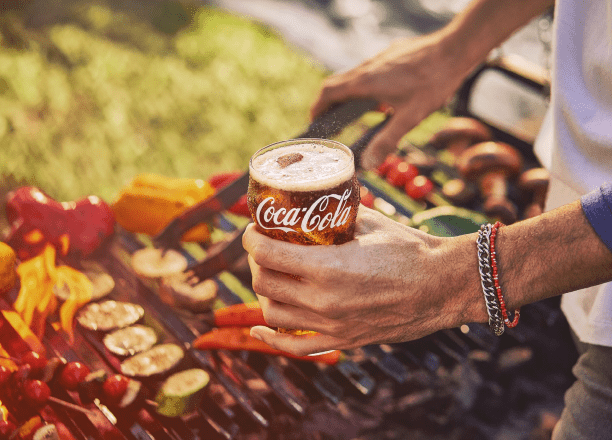Embotelladora Andina, one of the three largest Coca-Cola bottlers in Latin America, ranked eight of its main suppliers of raw materials in Chile.
In general, the company is dedicated to the production and distribution of soft drinks, energy drinks, isotonics, bottled water and juices.
First of all, the main raw materials used in the production of Coca-Cola soft drinks are: concentrate, sweetener, water and carbon dioxide gas.
Also the production requires glass and plastic bottles, bottle caps and labels.
While the water used in the production of soft drinks is treated to remove impurities and adjusted for taste reasons, all raw materials, especially water, undergo continuous quality control.
Regarding the production of soft drinks, its main suppliers of raw materials are:
- Concentrate: Coca-Cola de Chile S.A.
- Sweetener: Iansa Ingredients S.A., Sucden Chile S.A. and Comercializadora de Productos Panor Ltda.
- Carbon dioxide gas: Linde Gas Chile S.A.
- Plastic bottles and containers: Envases CMF S.A.
- Glass bottles: Cristalerías de Chile S.A. and Cristalerías Toro S.P.A.
- Plastic caps: Sinea S.A.
- Labels: Impregraph Ltda.
- Heat-shrinkable: Plasticos Arpoli S.P.A.
Embotelladora Andina
During 2020, 81% of the variable cost of sales of soft drinks corresponded to the main raw materials and finished products acquired by Andina in Chile.
The raw material cost mix is divided as follows: concentrate represents 73%; sweeteners 13%; non-returnable bottles 9%; bottle caps 3%, carbon dioxide 1% and other raw materials 2 percent. Water is not a major raw material cost.
In addition, the cost of finished products purchased from its subsidiaries, such as ECSA, is included in the cost of sales of soft drinks. These costs represent 11% of the total cost of sales of soft drinks and correspond mainly to cans, PET bottles and sweeteners.
Regarding other Beverages, the main raw materials used by Vital Jugos in the production of juices and as a percentage of total raw material costs, are sweeteners 2.3%, fruit pulp and juices 6.7%, concentrate 31.7%, packaging 18.7%, packaging material 3.0%, corks 3.9% and other raw materials 2.5 percent, which during 2020 represented 68.8% of the total costs of juice sales, including packaging.
On the other hand, the finished product AdeS comprised 1.6% of the total cost of sales of juices.
![]()

